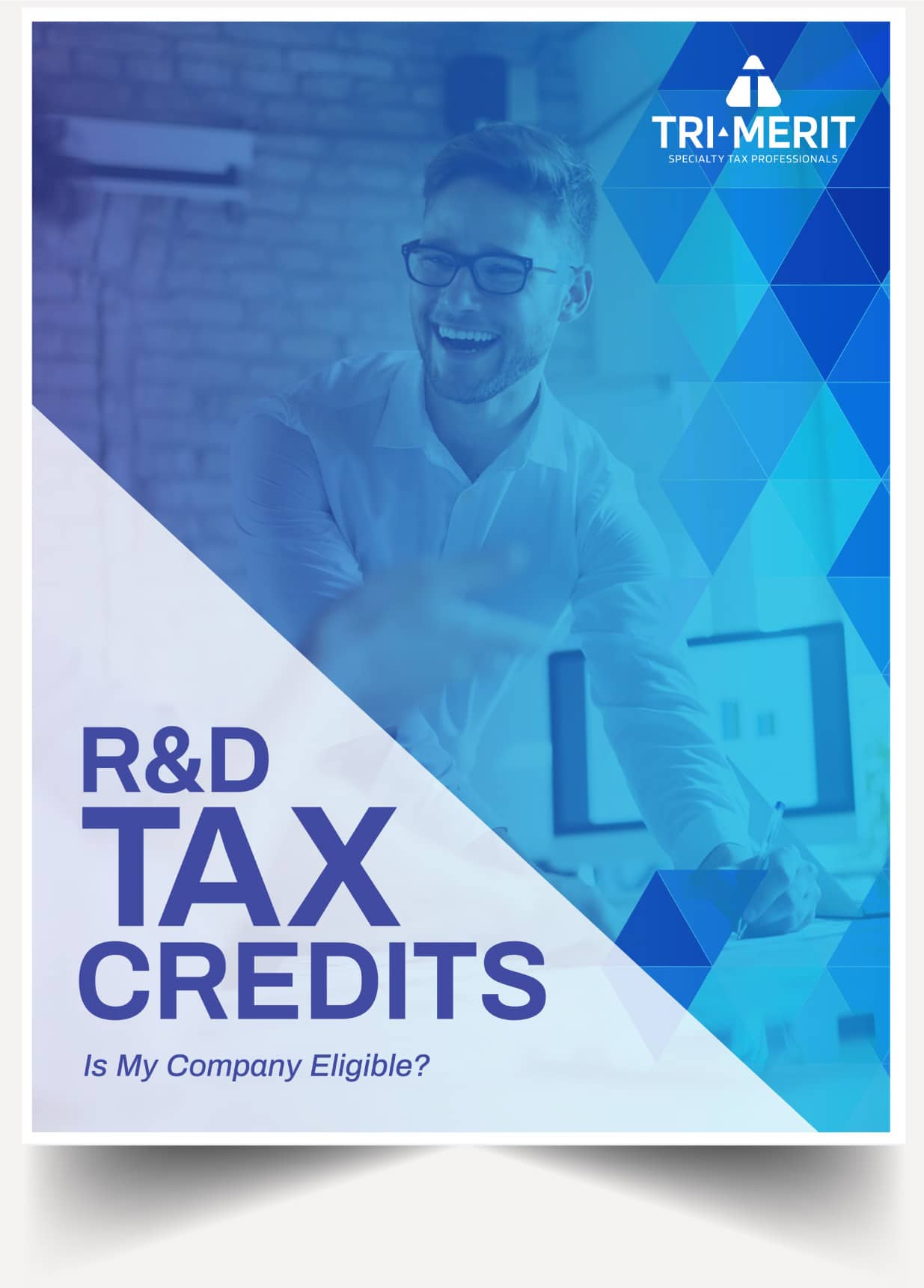It is no secret that to remain competitive, engineering firms must continue to invest in research and development, but finding the cash to do so can be difficult. The Research and Development (R&D) Tax Credit was designed to promote technical and analytical work in America and keep technical jobs in the U.S., but many firms do not take advantage of it.
Contrary to popular belief, the R&D tax credit isn’t just for lab research. It can be offered for things like technical work in factories and plants, time spent making schematic designs to improve products, developing new manufacturing processes, and more.
How Much Can Engineering Firms Save with R&D Tax Credits?
It is hard to put a specific number on how much engineering firms can save for several reasons, including, but not limited to:
- The amount of qualifying projects differs from company to company
- The number of employees, the level of qualified work, and the associated costs for the activities vary
- The cost of supplies and prototyping is different from project to project
- Contract research and consulting costs that may have been paid to a third party to perform qualified activities will depend on the firm’s business model
It isn’t unheard of for some large companies to receive six figures or higher in tax savings. Others may receive several thousands of dollars which can still go a long way for smaller firms. It all depends on qualifying research expenditures (QREs).
Note: The credit is not purely based on the total amount a business spends on QREs, but on formulas that take into account how QREs in a given tax year compare to QREs within a specified historical base period.
There are multiple base period calculation methodologies, and you are allowed to take the one that provides the most favorable calculation. The calculated and claimed credits provide a full dollar-for-dollar benefit against tax liability.
Qualifying Research Activities and the 4 Part Test
The IRS uses a four-part test to determine if a business activity qualifies as research. We’ve provided the test here, along with a list of common qualifying activities for engineering firms. You may be surprised by what might qualify as qualified research activities (QRAs).
Click here to learn more about the 4 part test.
1. Qualified Business Component
The activity must relate to a new or improved product, process, formula, computer software, program, technique or invention.
2. Technological in Nature
The activity being performed must fundamentally rely on the principles of physical science, biological science, chemistry, computer science or engineering.
3. Eliminate the Uncertainty
The activity must be intended to discover information to eliminate uncertainty concerning the capability or method for developing or improving a product or process or the appropriateness of the product or process design.
4. Process of Experimentation
The experimentation process needs to include the evaluation of alternatives. Examples of acceptable processes include systematic trial and error, prototype creation and testing, computer aided modeling, and simulation in an effort to resolve the technical uncertainty.
Examples of QREs Specific to Engineering Firms
Below are some specific examples of qualifying R&D activities that commonly meet the criteria of the four-part test:
- The design and development of new or improved infrastructure projects
- The design and development of unique waste-water treatment facilities, pump stations, or other water supply facilities
- Drainage design, structural design, and other engineering efforts
- Geographic information systems (GIS) and other software development efforts
- The design and development of supervisory control and data acquisition (SCADA) and other control and non-control management systems
- Modeling and simulation of new or improved designs for testing and evaluation
- Computer-aided design (CAD) and computer-aided engineering (CAE) activities
If deemed qualified, these and other activities your firm carries out can help you increase cash flow for your business.
Another Tax Incentive: The 179D Energy-Efficient Commercial Buildings Deduction
The announcement that the 179D Energy-Efficient Commercial Buildings Deduction would be extended through December 2020 was positive news for construction and engineering firms and is worth discussion as it relates to preserving revenue.
This deduction is a tax incentive that is designed to encourage energy efficiency in the designs and construction of new buildings. The deduction was initially introduced under the Energy Policy Act of 2005 but expired at the end of 2017.
The re-introduction of the bill means that deductions can be claimed for qualifying buildings in service from 2018 and 2019, as well as those that will be in service during 2020.
In the case of energy-efficient government-owned properties, the deduction may be passed on to the engineering firm that created the energy-efficient design. To realize the benefit of the deduction, the deduction must be formally transferred over to the building designer by the owner of the government through an allocation letter.
Work With Tri-Merit
Determining if your firm qualifies for R&D tax credits or the 179D deduction requires an evaluation of the facts and circumstances of your research activities. At Tri-Merit, we carefully examine your company’s ability to capitalize on the credit. You must be able to support, document and substantiate your case to receive the credit and that is exactly what our team of experts are here to do. Call (847) 595-0094 or go to the website to set up a no-obligation consultation.
We’re committed to your privacy. Tri-Merit Specialty Tax Professionals uses the information you provide to us to contact you about our relevant content, products and services. You may unsubscribe from these communications at any time.



